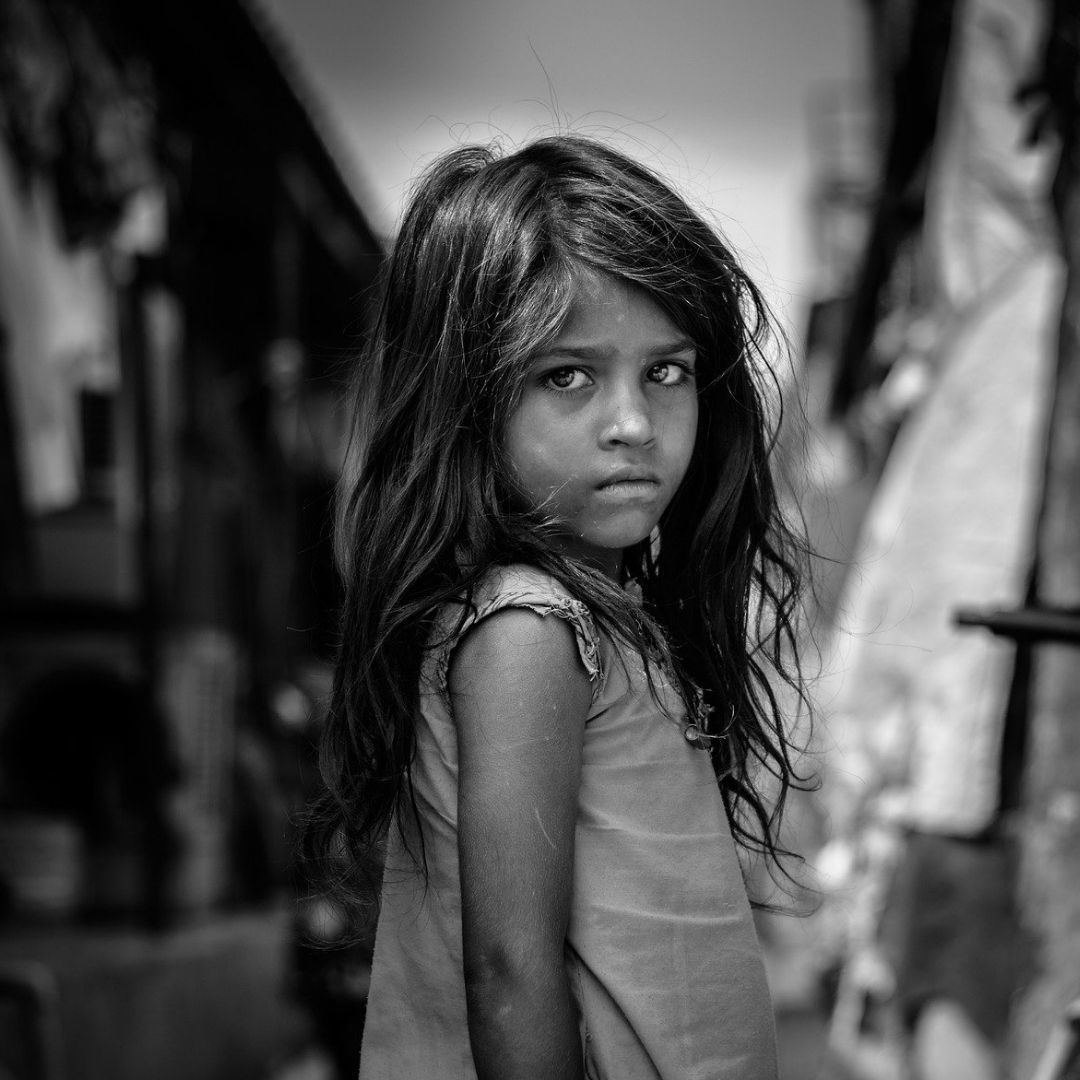
Image Credits: Pixabay (Representational)
'Violated, Neglected & Traded': Nineteen Harmful Practises That Need To Stop Against The Girl Child
Writer: Shweta Routh
Shweta Routh 2nd year student of School of Mass Communication, KIIT University. Versed with 3 languages, secured 1st position in all over district, Hindustan Commerce Olympiad and also won the title of student of the year during her school time. She loves to make new friends and explore new things and is a strong believer of Karma.
India, 11 Oct 2021 8:30 AM GMT
Editor : Palak Agrawal |
Palak a journalism graduate believes in simplifying the complicated and writing about the extraordinary lives of ordinary people. She calls herself a " hodophile" or in layman words- a person who loves to travel.
Creatives : Palak Agrawal
Palak a journalism graduate believes in simplifying the complicated and writing about the extraordinary lives of ordinary people. She calls herself a " hodophile" or in layman words- a person who loves to travel.
Exploitation against girls can take different forms. Young girls have the ability to transform the world if they are adequately supported during their adolescent years, both as empowered girls today and as tomorrow's employees, moms, entrepreneurs, mentors, household heads, and political leaders.
Millions of girls are being abused physically or psychologically. Strikingly, this happens with the full explicit consent of their families, friends, and communities. These incidents have one thing in common— they are all violations of human rights.
The exploitation against girl children can take different forms. Some harmful practices cannot be accepted, and governments, communities, and individuals must work together to put an end to them. Nonetheless, these techniques continue to be practised over the world, even where national laws prohibit them, implying that human rights breaches continue.
At least 120 million girls under the age of 20 – about 1 in 10 – have been forced to engage in sex or perform other sexual acts. The actual figure is estimated to be much higher, according to UNICEF. Similarly, several other practices such as child marriage, gender-based sex selection, and female genital mutilation are disguised as 'normal' and 'beneficial' but need to be proactively eliminated.
Identifying The Harmful Practises
According to the United Nations Population Fund (UNFPA), there are at least 19 harmful practices, ranging from breast ironing to favouring sons, that are considered human rights violations:
• Accusations of witchcraft
• Binding, branding, scarring, or infliction of tribal marks
• Body modifications, such as lip discs, neck elongation
• Breast ironing
• Bride price and dowry-related violence
• Child marriage
• Corporal punishment
• Providing too little or too much food to girls
• Stoning
• Taboos or practices that prevent women from controlling their own fertility
• Violent initiation rites
• Virginity testing
• Widowhood practices
• Crimes committed in the name of so-called honour
• Female genital mutilation
• Gender-biased sex selection
• Incest
• Infanticide
• Nutritional taboos and traditional birth practices
Female genital mutilation (FGM) is most commonly performed on young girls between the ages of five and fifteen. In the 30 nations in Africa, the Middle East, and Asia where FGM is prevalent, more than 200 million girls and women have been cut. It is a violation of girls' human rights.
Harmful practices hurt girls' dignity, physical, psychosocial and development, health, education as well as economic and social status.
A person's suffering is more than a physical, mental, or emotional injury. It's more than an economic injury that takes a toll on one's earnings and savings, and it's more than a reputational injury that harms one's status in the community. These types of harm are quantifiable, but the harm caused by child marriage or son preference can be immeasurable.
The Fourth World Conference On Women 1995
The Fourth World Conference on Women, held in Beijing in 1995, was a watershed moment in the worldwide agenda for gender equality. The Beijing Declaration and Platform for Action, which was unanimously accepted by 189 countries, is a women's empowerment agenda that is widely regarded as the most important global policy declaration on gender equality.
It lays out strategic goals and initiatives for the advancement of women and the attainment of gender equality.
The United Nations General Assembly passed Resolution 66/170 on December 19, 2011, declaring October 11 as International Day of the Girl Child to honour girls' rights and to spread awareness about the specific problems they face around the world.
Why Gender Equality Is Necessary?
The 2030 Agenda for Sustainable Development and its 17 Sustainable Development Goals (SDGs), which were endorsed by world leaders in 2015, represent a blueprint for sustainable progress that leaves no one behind.
Poverty, inequality, climate change, environmental degradation, peace, and justice are among the worldwide concerns they address.
Gender equality and women's empowerment are central to all 17 goals. Only by protecting the rights of women and girls across all goals will we accomplish justice and inclusion, inclusive economies, and long-term environmental sustainability for current and future generations.
Accelerating sustainable development requires empowering women and girls and fostering gender equality. Ending all types of discrimination against women and girls is a basic human right that also has a multiplier effect in other areas of development.
Investing in adolescent girls' power today protects their rights and ensures a more fair and prosperous future, one in which half of humanity is an equal partner in addressing climate change, political conflict, economic growth, illness prevention, and global sustainability issues.
Also Read: Urban Company Promises To Enhance Partners' Earnings After Women Employees Claim Exploitation
 All section
All section













